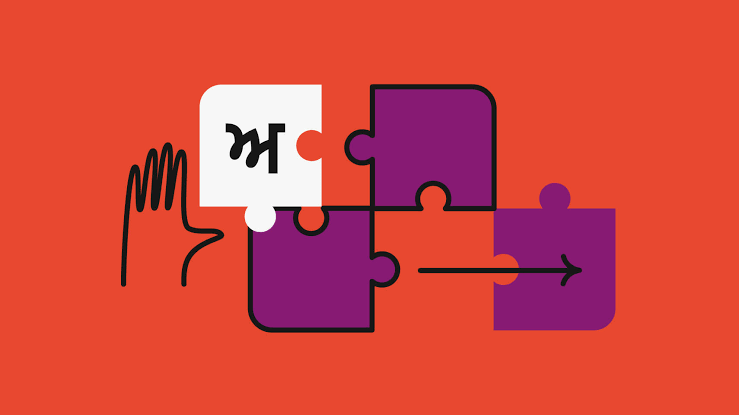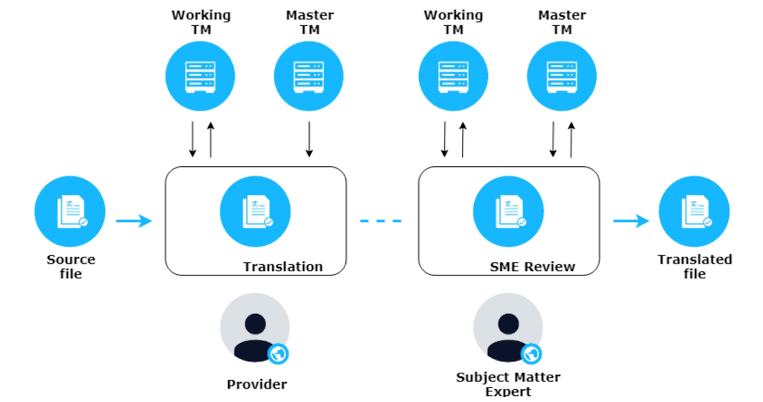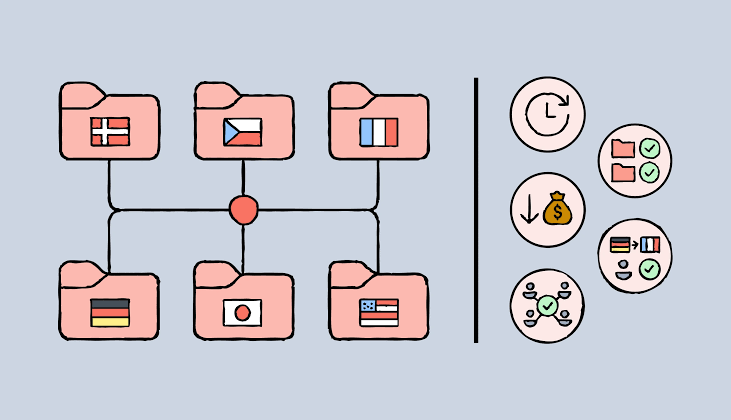Subtotal: $4398.00

In today’s fast-paced digital world, businesses are expanding across borders faster than ever. With that expansion comes the challenge of translating large volumes of content into multiple languages—accurately, efficiently, and consistently. This is where Translation Memory (TM) steps in as a game-changer for the translation industry.
Translation Memory is a database that stores previously translated text segments—sentences, paragraphs, or even phrases. When a new project comes in, the TM tool scans for matches with past content, allowing linguists to reuse existing translations. This not only speeds up the translation process but also ensures linguistic consistency across global content.

One of the biggest challenges in multilingual localization is maintaining brand voice and tone across all markets. Imagine a product description translated slightly differently in each language version of your website—confusing, right? A TM ensures that every time a specific phrase or sentence appears, it is translated in the exact same way, reinforcing your brand identity.
Another major advantage of using TM is cost-efficiency. Since repeated segments are already translated, linguists spend less time translating from scratch. This reduces project timelines and cuts down on overall translation costs, especially for companies dealing with technical manuals, legal documents, or e-learning content where repetition is common.
From a quality assurance perspective, a TM also minimizes human error. Translators are prompted with earlier translations, helping maintain grammatical accuracy and industry-specific terminology. This is particularly valuable in medical translation, legal translation, and software localization, where even a slight inconsistency can lead to misunderstanding or non-compliance.

For companies aiming to scale globally, using Translation Memory software (like SDL Trados, MemoQ, or Memsource) is no longer optional—it’s essential. It becomes a collaborative tool where translators, reviewers, and project managers align on language use and terminology from the very beginning.
In short, consistency builds trust, and in a multilingual world, trust begins with clear and uniform communication. By leveraging the power of Translation Memory, businesses can ensure they deliver accurate, timely, and brand-consistent content—no matter the language or location.